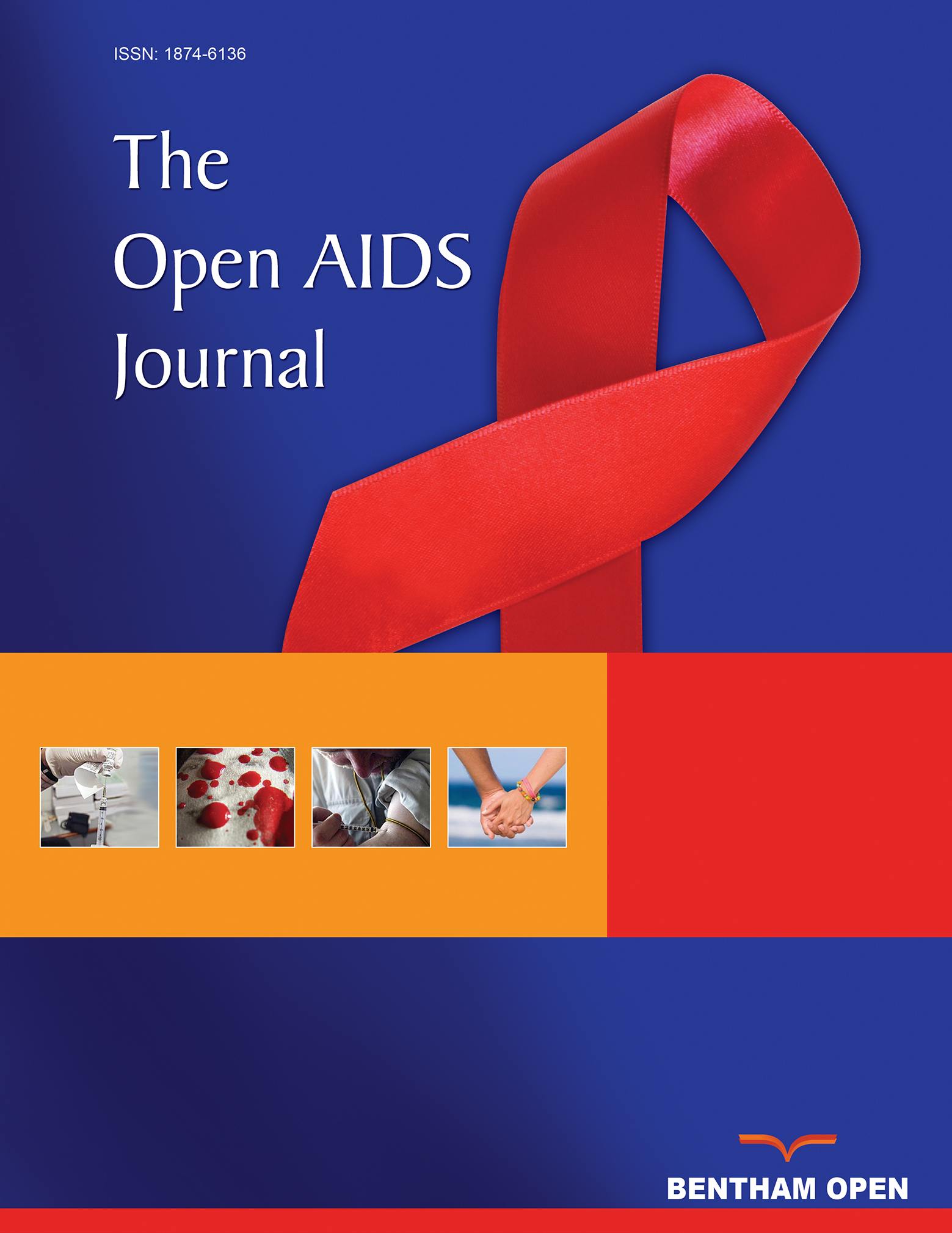All published articles of this journal are available on ScienceDirect.
Virological Effectiveness of Dolutegravir-based Second-line ART in the Context of NRTI Resistance Among HIV-Positive Patients in India
Abstract
Introduction
In India, approximately 4.7% of the 1.5 million people living with HIV (PLH) are on second-line (2L)-ART, highlighting the need for effective treatment strategies addressing ART-switches in the background of HIV drug resistance (HIVDR) following first-line (1L)-ART failure.
Methods
This single-arm, prospective pragmatic study was conducted at a tertiary care hospital in northern India from January 2020 to December 2022. Participants aged ≥13 years with documented 1L-ART failure (HIV RNA ≥ 1000 cp/mL) were enrolled. Eligible patients were grouped into four cohorts based on their prior ART and HIVDR profiles. The study regimen included a 2L-ART regimen comprising tenofovir (TDF/TAF), lamivudine (3TC)/emtricitabine (FTC), and dolutegravir (DTG). The primary endpoint was virological suppression (VS), defined as HIV RNA < 1000 cp/mL at 24 and 48 weeks.
Results
A total of 64 patients were included. At 24 weeks, the overall VS rate in the on-treatment analysis (OTT) was 94.6% (53/56), with 92.8% (52/56) achieving HIV RNA < 200 cp/mL. Among those with full TFV susceptibility, 97.1% (34/35) attained VS, while 90.5% (19/21) without predicted susceptibility achieved the same. For reccycled TFV, the OTT showed that 96.9% (31/32) attained VS, with 93.8% achieving HIV RNA level of < 200 cp/mL, compared to 91.7% (22/24) of first-time TFV users attaining HIV RNA level of < 200 cp/mL.
At 48 weeks, the OTT indicated 100% VS among 52 patients, with 96.2% (50/52) attaining HIV RNA level of < 200 cp/mL. This included 93.8% (30/32) of patients with full TFV susceptibility and 93.8% (30/32) of those who received recycled TFV.
Discussion
Our findings demonstrate that DTG-based 2L-ART remains virologically effective even in patients with prior tenofovir (TFV) or zidovudine (AZT) exposure and in those lacking predicted TFV susceptibility based on drug resistance testing at 1L-ART failure. These results are consistent with findings from the ARTIST and NADIA trials and add novel Indian data to the growing body of evidence supporting TFV recycling in 2L-ART regimens. In resource-limited settings where resistance testing is often unavailable and AZT poses challenges related to toxicity, pill burden, and monitoring, this simplified once-daily regimen offers a practical alternative.
Conclusion
This study reinforces the viability of DTG-based second-line regimens with a TFV backbone as an effective and practical option, even in the presence of prior nucleoside reverse transcriptase inhibitor exposure or resistance. These findings support the use of simplified, once-daily fixed-dose combinations of TFV + 3TC/FTC + DTG as a durable and scalable 2L-ART strategy in resource-limited settings.


